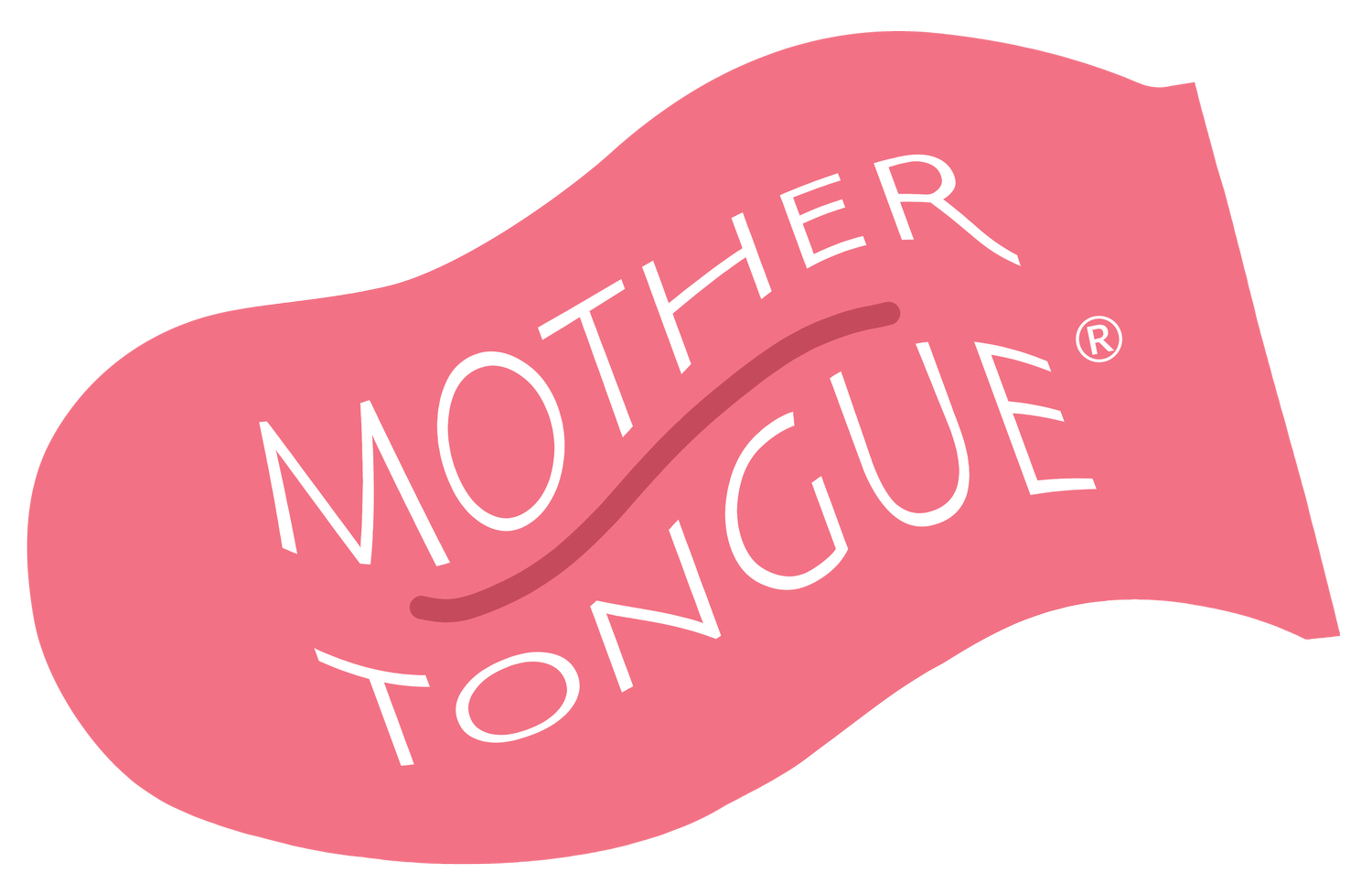One Hell of a Costume
Halloween is most commonly linked to the Celtic Paganistic tradition celebrating the end of summer and beginning of winter. According ancient belief, it was also the day when spirits of the dead came back to visit the houses they used to live in. Not wanting to be recognised by the spirits, people wore masks and costumes. And over many hundreds of years, this festival has turned into what we have today.
Of course, Halloween is largely not celebrated in Turkey. Nonetheless, our culture is by no means lacking in creepy costumes.
This is a scene from the 1971 film called Tarkan Versus the Vikings, adapted from a series of graphic novels, written by Sezgin Burak. The film features a Hunnic warrior Tarkan against the leader of a Viking clan; ‘a mustached villain who worships an octopus god-monster’.¹ This Viking leader seems to have a bizarre agreement with a rather large octopus, who comes out of the sea on queue and tears unwanted warriors apart.
Appearing in the comic books as a dragon, the screenplay was amended to feature the god as an octopus, in order to minimise technical difficulties and financial costs. The non-mechanical octopus was made in Turkey, and named Camgöz (Glass eye). Struggling to move a gigantic model octopus in water, the crew had to use divers and good-old fishing line to shoot the scenes where Camgöz creepily moves its tentacles towards Tarkan.²
When compared to today’s technology, it is embarrassing that all generations of children in Turkey between the 70s and 90s had their blood running cold when watching this… But we take comfort in knowing that we were not the only ones traumatised by Camgöz. Skip to 6:42 here to see this gem of a scene, or if you need inspiration for your costume next year…
[1] https://www.imdb.com/title/tt0274932/plotsummary?ref_=tt_ov_pl
[2] https://www.youtube.com/watch?v=sdBAKSARqCI




